Sandia team puts power into local grid with supercritical CO2 closed-loop Brayton-cycle turbine
Green Car Congress
AUGUST 22, 2022
Sandia National Laboratories researchers recently delivered electricity produced by a new power-generating system to the Sandia-Kirtland Air Force Base electrical grid. The system uses heated supercritical carbon dioxide instead of steam to generate electricity and is based on a closed-loop Brayton cycle.

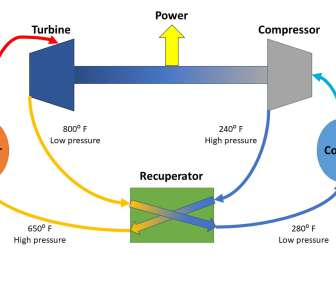
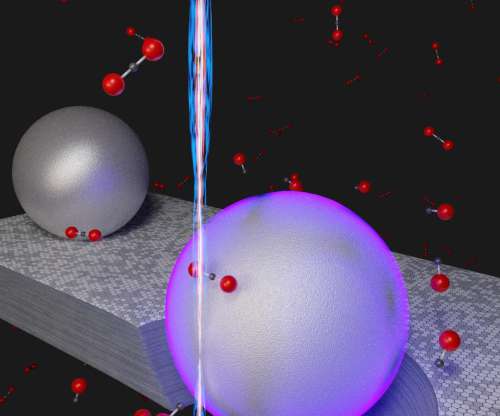





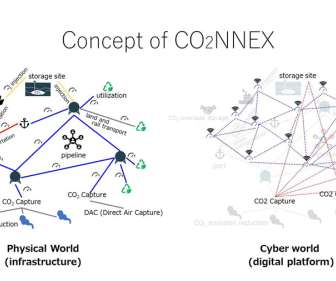

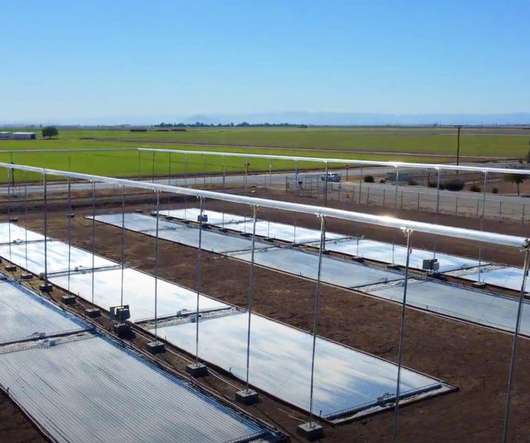


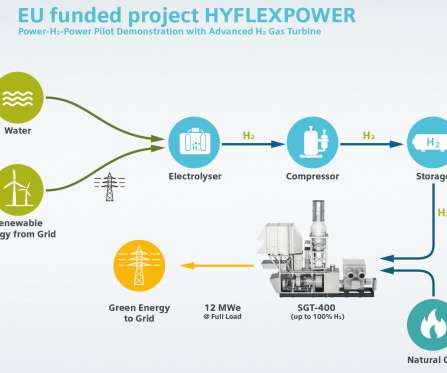
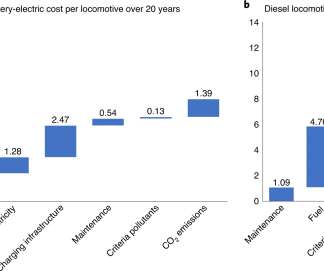
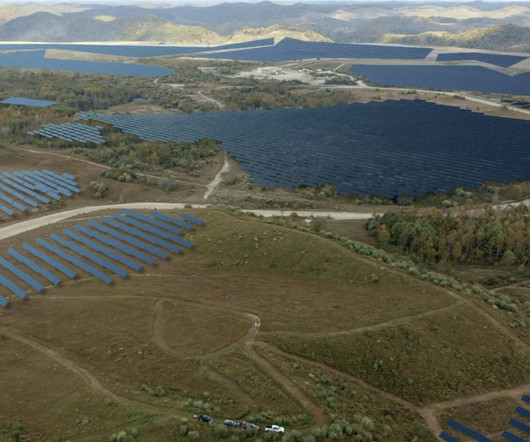
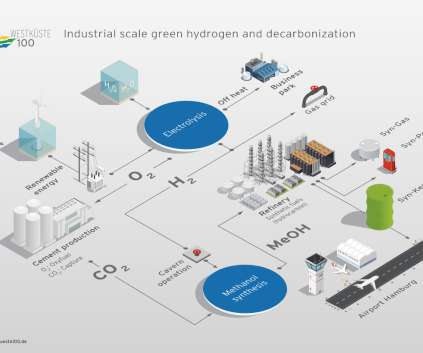





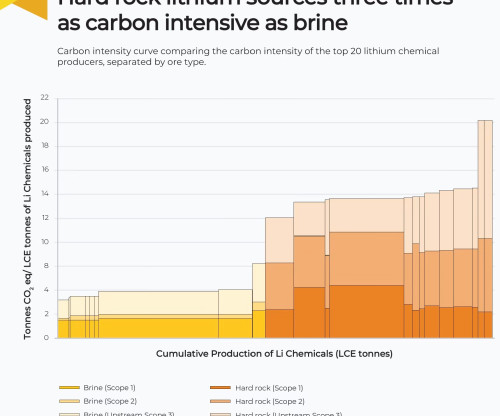







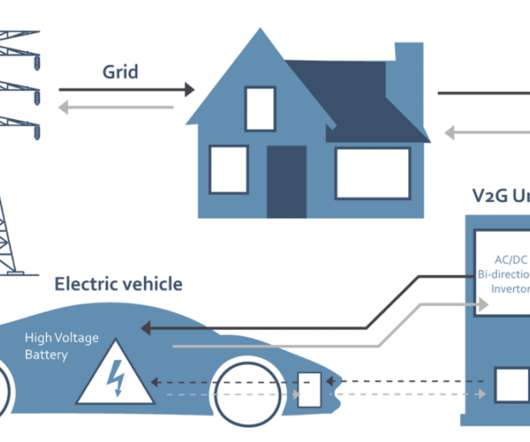










Let's personalize your content